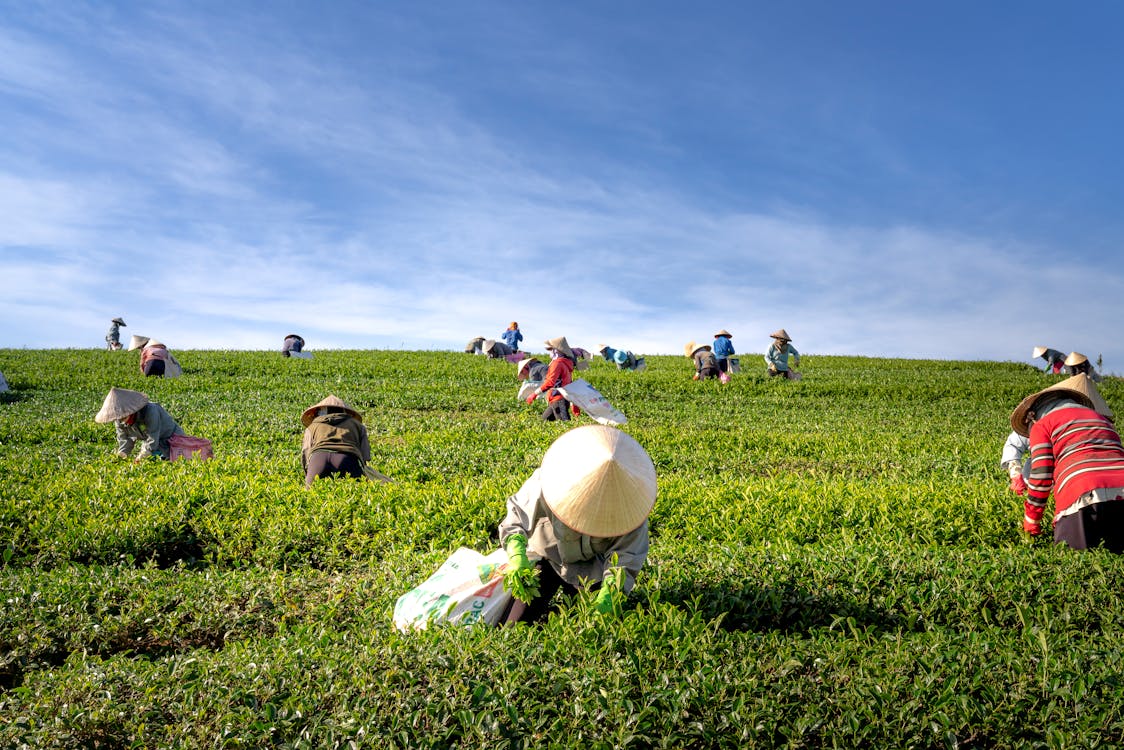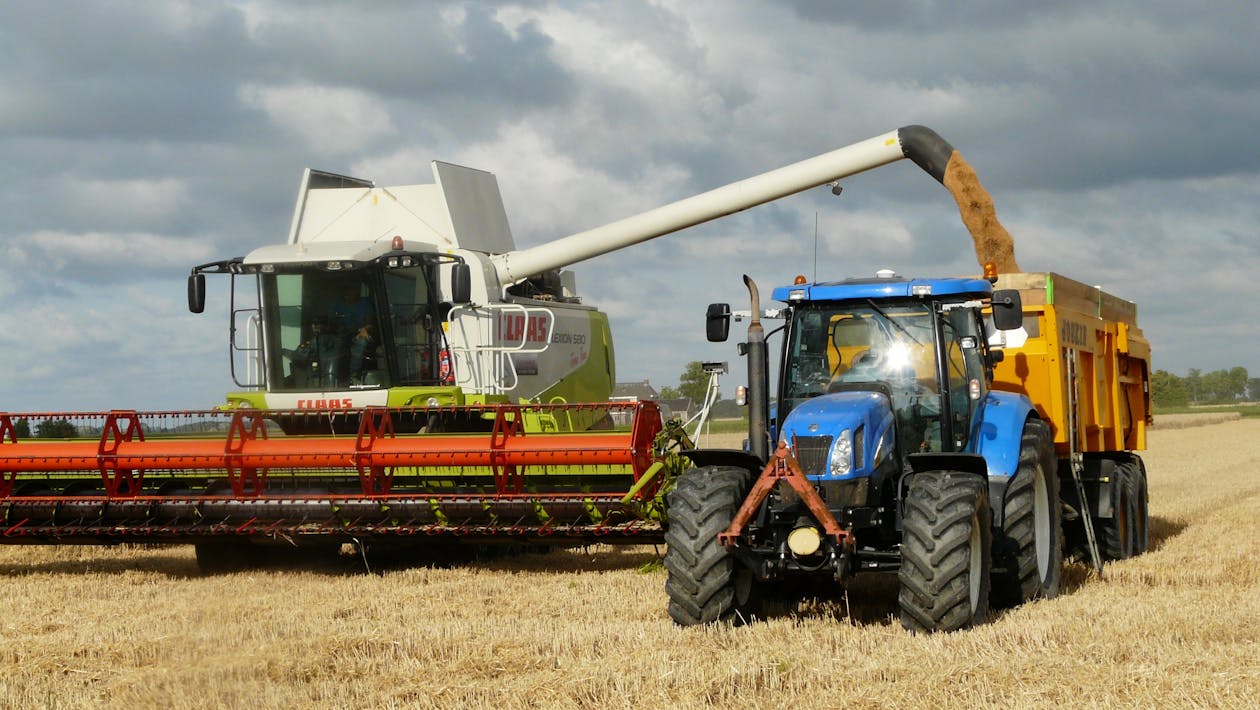The world population is rising astronomically. Millions of people depend on agriculture for their survival. Moreover, the world population is projected to reach over nine billion by 2050. Hence, meeting the dietary demands of this number will require a sharp increase in agricultural progression. The World Bank estimates that food production must increase by 70% to meet the growing population.
However, according to a UN Food and Agriculture Organization report, over 793 million people are in danger of starvation worldwide. This is not helped by the unsustainable human activities on the earth, which pose a serious environmental challenge.
Thus, sustainable farming is an urgent and vital need to forestall any shortfall in food production. This implies that countries with comparative advantage should invest in sustainable agriculture to grow their economy and solve the looming global food crises.
What is Sustainable Agriculture?

For agriculture to be sustainable, there should be a systematic production of agricultural products from a designated site. The US National Sustainable Agriculture Coalition states that plant or animal production must have a specific site application and should be a long-term process.
As with conventional agriculture, U.S. Soy Sustainability Assurance Protocol aims to control and effectively manage the main components of farming. It covers the management of water, pest/disease, crop, soil, waste, etc., to ensure adherence to farm practices.
Sustainable agriculture also takes into account the social responsibilities of the basic agricultural infrastructure and the working conditions of the laborers and the local communities where farming is carried out.
Why Embark on Sustainable Agriculture?
The expansion of industries and the emergence of new cities worldwide have not helped in the furtherance of agriculture. Large portions of farmlands are converted into industrial sites.
Besides, climate change, gas emissions, and environmental pollution have further impacted farming activities. Hence, agriculturists must ensure the sustenance and improvement of the environmental quality upon which agriculture survives.
There must be a deliberate control measure to maintain the natural phenomenon of renewable and non-renewable natural resources.
Sustainable agriculture prevents the degradation of environmental quality. It ensures environmental health is maintained while seeking economic profitability. The technique also prevents agricultural production from compromising our future generation’s agricultural needs.
Considering the negative impact of agriculture on the environment and the fast degradation of natural resources – even though production is unsustainable, embarking on sustainable agriculture is essential to the world’s survival.
Benefits of Sustainable Agriculture in Growing the Economy
Sustainable agriculture plays a pivotal role in growing the economy. With the growing world population, sustainable farming helps to satisfy human food supplies.
Agriculture is a major source of food supply to many nations. Hence, countries must take advantage of agriculture to ensure food sufficiency. Considering agriculture employs a critical mass of the population, economies can leverage it to provide the much-needed employment for their teeming population
A growing economy can earn foreign exchange from agriculture. Such countries can export farm produce and make more money to grow their economy.
Besides, sustainable agriculture can help third-world economies to end hunger and starvation. Countries can use revenues generated from agriculture to develop other critical sectors of the economy. Investment in technology is essential for any developing economy. Proceeds from agriculture can be channeled to high-quality technology.
With abundant natural resources, developing countries can utilize sustainable agriculture to provide the needed resources to diversify their economies.
Agriculture can lead to industrialization if properly applied. It is one of the easiest means to achieve transformation within the context of emerging economies. Farmers and locals will have enough to consume before discussing exports when there is a surplus in production. Moreover, countries can utilize modernization, technology, and human resources to boost productivity.
Recommendations for Economic Recovery Through Agriculture

Regrettably, growing economies seem unaware that they can overcome the challenges and obstacles they face. The first is to replicate the economies that have used agriculture for economic transformation.
Unfortunately, too, many developing economies don’t do enough research. Research is essential to determine the type of technology to adopt. Likely, the local farmers may be unfamiliar with new farm implements; but they can be trained.
Leveraging technology is the best option to grow the economy. Growing high-yielding seeds, applying fertilizers, seeking expert advice, etc., are some solutions available to grow the economy. Due to the high reliance on chemicals and fertilizers, and the improved efficiency of fertilizer application, competency is required to maintain soil integrity.
Governments can also partner with the private sector to bring their knowledge and resources to improve the agricultural segment of the economy.
Conclusion
Sustainable agriculture ensures that the natural environment is safe, healthy, protected, and reproductive. It is also a way of creating wealth for the country. Environmental preservation should be the prerogative of everyone. Besides, food security is essential to cope with the high food demand and growing world population. Every country in the world should be concerned about the global food issue. All hands must be on deck to promote sustainable agriculture and ensure adequate food supply to the world.





